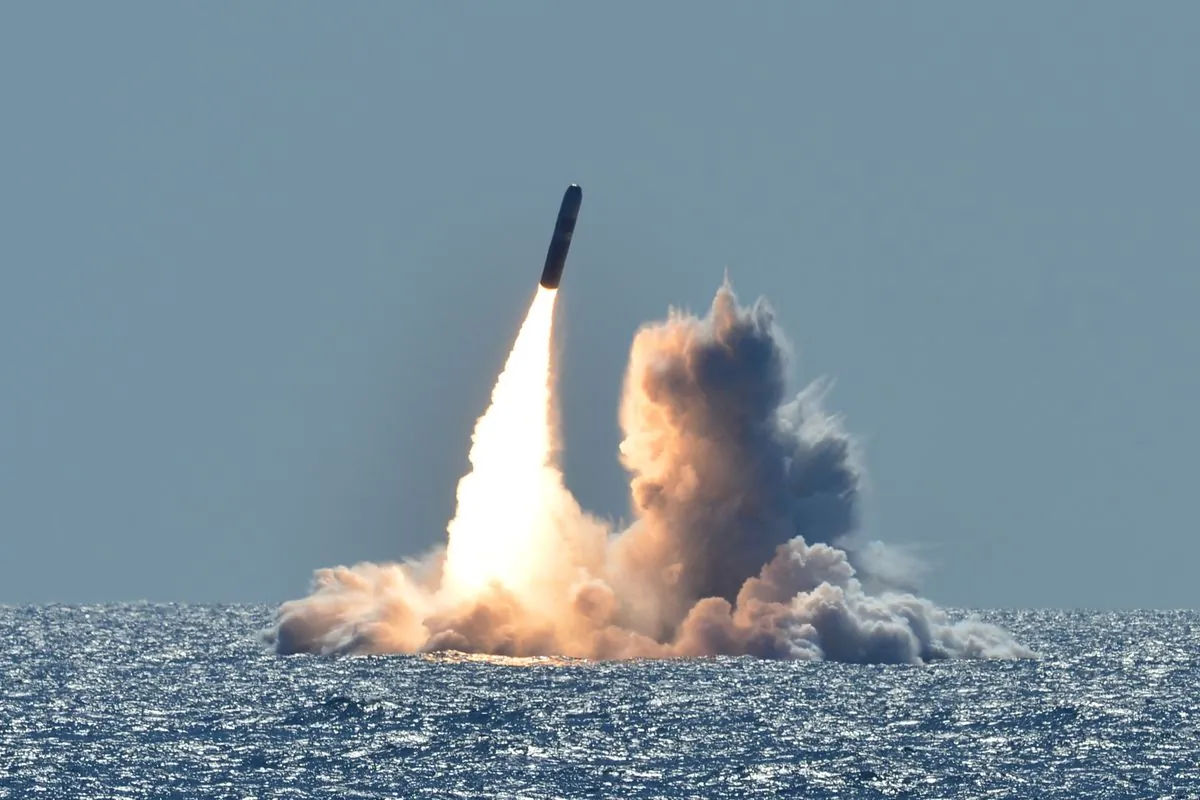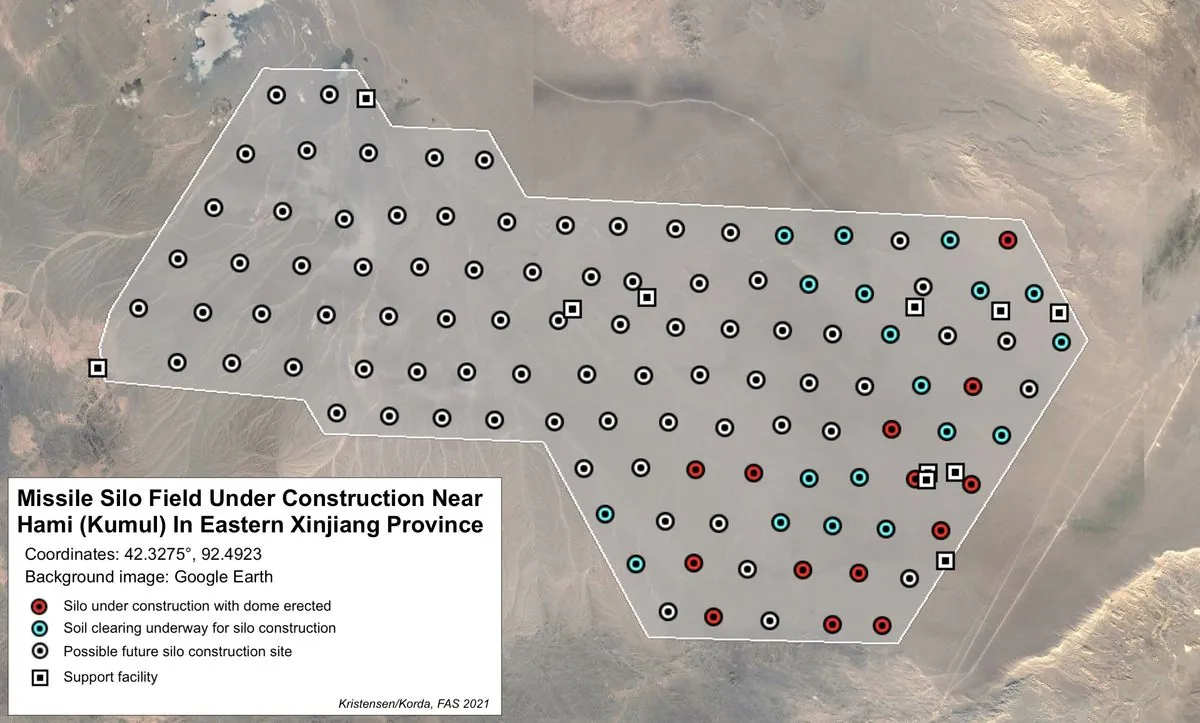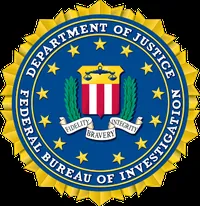US Revamps Nuclear Strategy to Counter China-Russia-North Korea Threat
US updates nuclear defense plan to address potential joint threat from China, Russia, and North Korea. Biden secretly approves strategy shift focusing on China's expanding arsenal and trilateral coordination.

The United States has recently updated its nuclear defense strategy to address the growing potential of a coordinated nuclear threat from China, Russia, and North Korea. This significant shift in policy, secretly approved by President Joe Biden in March 2024, marks the first time the US has focused its deterrence strategy on China's rapidly expanding nuclear arsenal while also considering the possibility of coordinated actions between Beijing, Moscow, and Pyongyang.
This strategic pivot reflects a deeper understanding of Chinese President Xi Jinping's nuclear ambitions and the strengthening military and political partnerships among the three nations. The US, which maintains the world's second-largest nuclear arsenal with approximately 5,550 warheads as of 2021, is adapting its approach to address the changing global nuclear landscape.
A Pentagon report from October 2023 revealed that China's nuclear weapons stockpile had more than doubled in the preceding three years, described as a "major expansion of their nuclear forces." The report estimated that as of May 2023, China possessed around 500 operational nuclear warheads, with projections indicating an increase to 1,000 by 2030 and 1,500 by 2035. This rapid growth puts China on track to match the current deployed nuclear warhead numbers of the US and Russia.

Defense experts have cautioned against underestimating President Xi's strategic move towards greater nuclear might. Tong Zhao, a senior fellow at the Carnegie China Research Centre, emphasized the rising security risks as US-China relations deteriorate and China embarks on a large-scale buildup of its nuclear forces.
The revised US strategy, named "Nuclear Employment Guidance," is a highly classified document updated every four years. It exists only in paper form, accessible to a small group of national security officials and Pentagon commanders. While the White House did not publicly announce the strategy change, carefully worded public comments by senior administration officials hinted at the shift.
Pranay Vaddi, the National Security Council's senior director for arms control and nonproliferation, indicated that the new document is the first to examine the US readiness to respond to simultaneous or sequential nuclear crises. He emphasized "the need to deter Russia, the PRC and North Korea simultaneously."
"The president has recently issued updated nuclear weapons employment guidance to account for multiple nuclear-armed adversaries."
This strategic update comes at a time when global nuclear tensions are high. The Doomsday Clock, maintained by the Bulletin of the Atomic Scientists, currently stands at 100 seconds to midnight, reflecting the precarious state of international security. As the US adapts its nuclear posture, it continues to balance deterrence with arms control efforts, such as the New START treaty signed with Russia in 2010, which limits deployed nuclear warheads.
The evolving nuclear landscape underscores the ongoing challenges in maintaining global stability and the critical importance of international cooperation in nuclear non-proliferation efforts. As the world grapples with these complex issues, the role of organizations like the International Atomic Energy Agency (IAEA) in promoting peaceful uses of nuclear energy becomes increasingly vital.


































